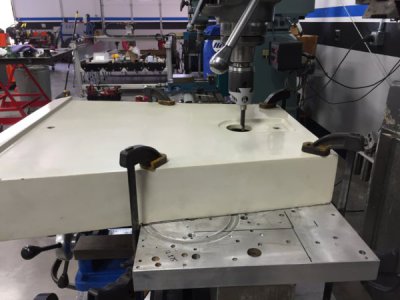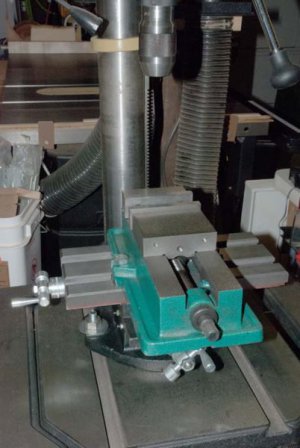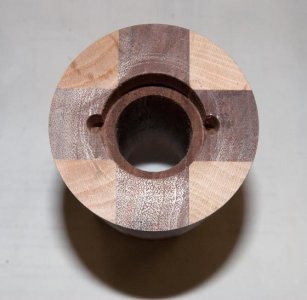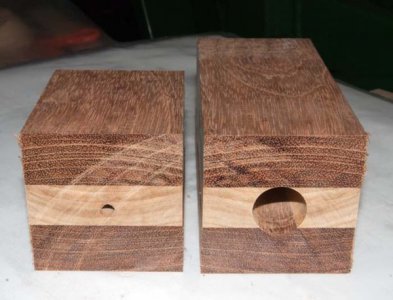- Joined
- Nov 14, 2016
- Messages
- 3,289
Just wondering when / why you would choose a drill press over a mill or a mill over a drill press for drilling holes? It seems like many home shops with a mill still maintain a drill press so there must be situations where that is preferred. In a commercial setting it makes more sense to have both as one wouldn't want to tie up a mill with work a cheaper and less complex drill press could do.
In my case I already have a 1/2" benchtop drill press and a smaller dremel drill press. If I had a drilling only project I would go to those, or for something bigger than the mill could do, I'd obviously use the larger drill press. For something I was doing on the lathe or mill though not sure when I might consider moving to a drill press rather than the mill. I only have a little experience with the lathe and none yet with the mill though, it might become obvious once I have more experience.
In my case I already have a 1/2" benchtop drill press and a smaller dremel drill press. If I had a drilling only project I would go to those, or for something bigger than the mill could do, I'd obviously use the larger drill press. For something I was doing on the lathe or mill though not sure when I might consider moving to a drill press rather than the mill. I only have a little experience with the lathe and none yet with the mill though, it might become obvious once I have more experience.




